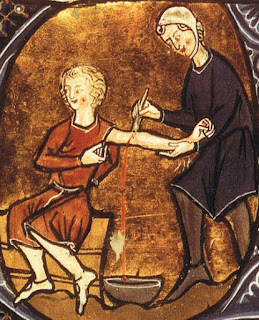The Treaty of Turin, or Peace of Turin, had four steps to it that will indicate how complex the political hostilities had been. Turin was in the County of Savoy at the time, and easily reachable by representatives of both Genoa and Venice.
For one, Genoa's dominance in the Black Sea had been threatened by Venice setting up a base on the island of Tenedos, a location that allowed them to threaten Genoese ships from entering the Black Sea. Tenedos had to be turned over to Amadeus. Amadeus removed the Venetian inhabitants and destroyed the fortifications so that it could never be used as a military base.
Genoa was at war with Peter II of Cyprus and Byzantine Emperor John V Paleologos, both of whom were allies of Venice. The Treaty required Venice to sever ties with these two so that they would not be involved in supporting hostility against Genoa. John V's son Andronikos was allied with Genoa, seeking Genoa's help to take over the throne. Venice was required to maintain an embargo against John V until he settled his issues with Andronikos, eliminating the need for Genoa's military support of the son.
Venice also had to forego using their own trading post on the Black Sea. They were forced to share Genoa's ports in the Crimea, and abide by any taxes or duties imposed (fairly!) by Genoa.
Hungary had been an ally of Genoa in the final battle. Venice was required to pay 7000 ducats annually to Hungary. In exchange, Hungary would avoid certain rivers that flowed into the Adriatic, allowing Venice to trade along that part of the Adriatic coast and its rivers. Venice was required to acknowledge that Hungary now owned Dalmatia.
Padua had been on Genoa's side, and the Treaty also saw Venice and Padua make peace with each other.
The decision in the first point about the island of Tenedos had repercussions that were detrimental to Europe's future. I'll explain tomorrow.








.jpg)










